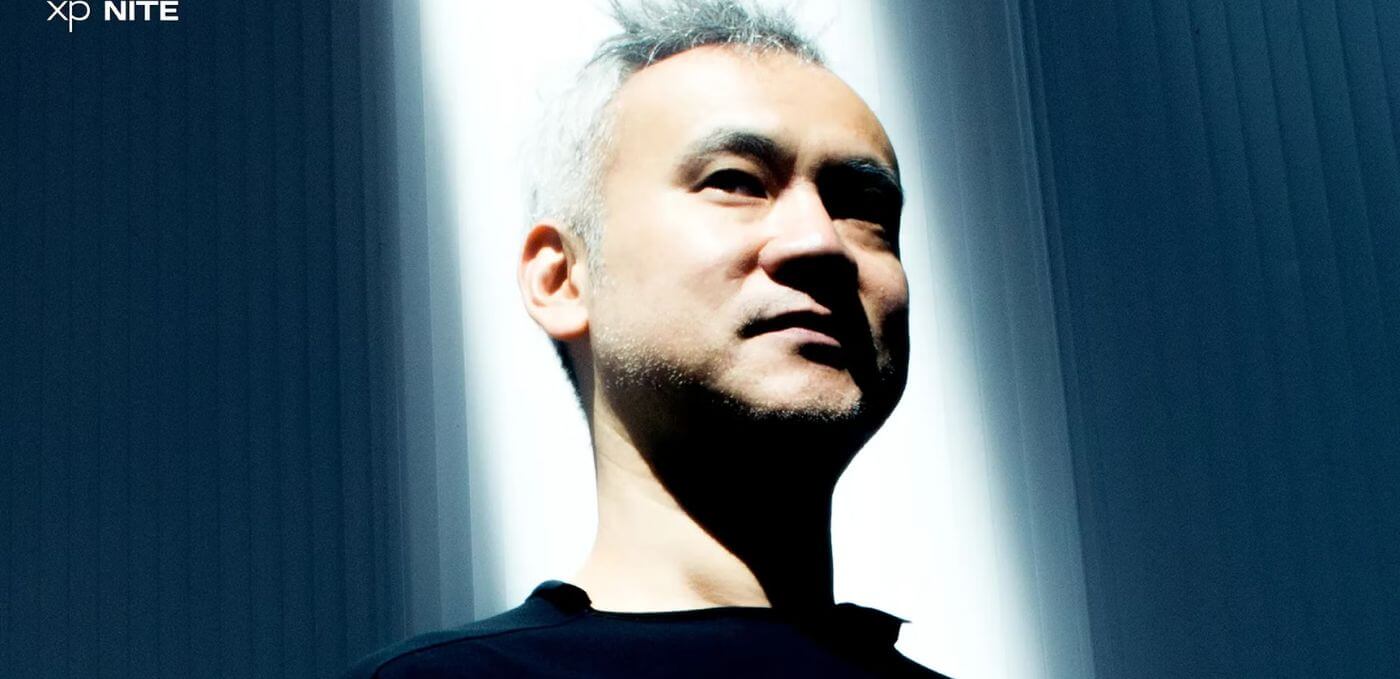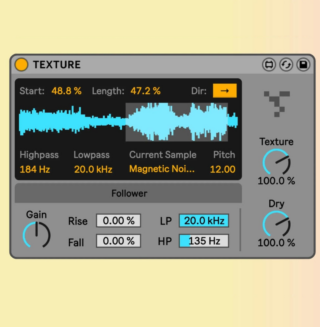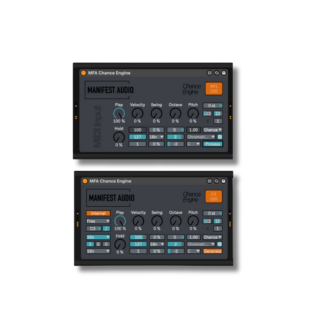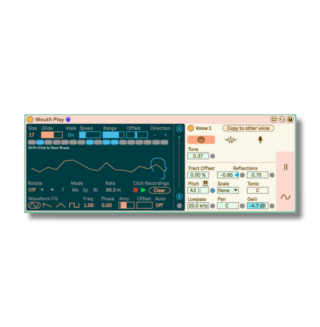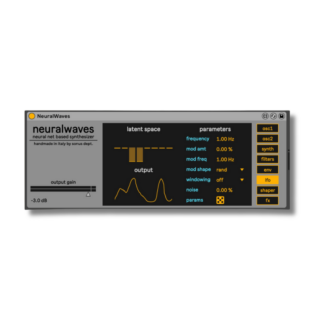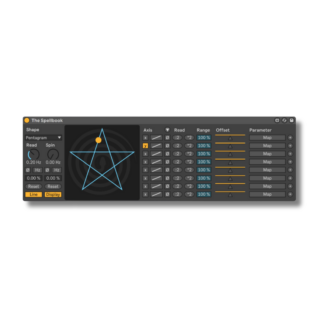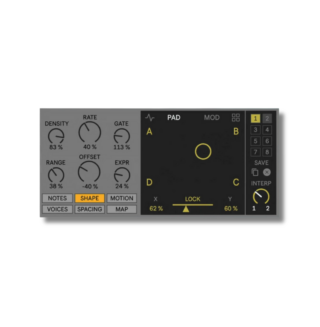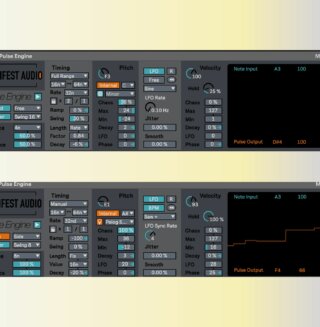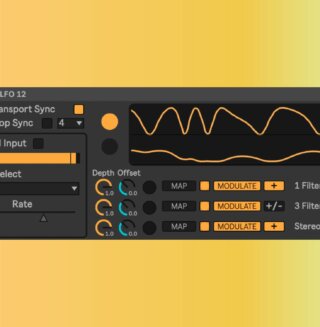Straight from his modular workshop at this year’s XP Music Futures, we caught up with house legend Satoshi Tomiie.
With just a few minutes of his time, we caught up with Satoshi Tomiie at the XP Music Futures Conference. Satoshi’s workshop focused on his modular approach to performing live, how to get started, some common pitfalls producers can fall into and the art of improvisation. Later in the evening, he performed a set, an excellent opportunity to see the workshop in practice.
It’s been been 8 years since we spoke about technology and dance music with Satoshi. Given his breadth of knowledge and key role in house music, we’ve extended an invitation to join the Pig Room podcast in the new year.
Attack: We haven’t got long, so let’s get into it. Sadly, some of our questions were covered in your excellent workshop but can you tell us a little bit about your jump to modular? Is your new record, Magic Hour, a modular-based record as it sounds so complete next to a jam record such as Christopher Coe and Carl Cox’s “Mindset EP’.
Satoshi Tomiie: Sure. I started working with modular synth in 2016. Initially, I was a bit hesitant as it’s an expensive hobby, but I’ve been taking it slow, and now I have this rack that I travel with.
Magic Hour is a jam record with my friend Kuniyuki Takahashi on percussion. It’s also my first solo album release since ‘New Day’ in 2015.
While it is a jam record it is edited (in Live) and mixed in Live also. I also overdub things, especially if I feel the key could change, which can be the case in the bassline. A great key for this type of music is G minor, so if I don’t feel it’s quite right, I overdub and change, but I’m still jamming and playing live.
Many people don’t consider jazz edited, but it would be recorded live and then edited after. It’s similar in that sense.
Oh yeah, for sure, especially to tighten up the timing, however in the pocket, they were…
Yes, precisely, and it’s similar to modular jams, too. There is probably too much pressure to get everything in one take.
I think of it as layers, with the jam element being the first layer and then working from there.
In the case of a lot of jazz, they would often create whole new songs from parts edited out of the original recording. It’s a creative process.
There’s a great line by Stephen King actually ‘Writing is heavenly, but editing is divine’ which I guess has served him well..
Yes [laughs]! It’s a creative process, like it’s almost composing something new. But at the same time, it’s important not to edit out the vibe. Like anything, it’s part of the songwriting process.
Are you doing all the editing in Live?
Yes.
How do you like Live 12?
I’ve not really had a chance to use it properly. I don’t tend to use a lot of the Ableton synths in any case, as I have so many hardware synths and a Eurorack set-up. Having said that, I’m a big fan of Wavetable. It’s incredible.
Once it’s in Live, do you get busy immediately or take a break from it?
Sometimes, it’s pretty quick, but as with that Stephen King quote, sometimes I leave it for weeks, maybe months and come back to it with a different mindset.
That time away can make a big difference.
For sure. I feel it becomes more objective. You may have thought something was only “ok” but then you think it’s pretty good later. Or vice versa, you think it could be “ok” but it’s shit!
As a teenager, I was in a band, and jamming somewhat reminds me of how that used to feel, so I try to separate the two as much as possible and capture the different energies.
My parents got me a piano to shut me up when I was 14! I actually wanted drums, but the piano came, and I was like, 'Okay, this is cool'
How precious are you about your patches?
Not very. What I do is actually quite simple really so I’m not secretive about the patching. I see it as more of a tool than anything. Like a means to an end.
Well, you can never master it in any way. It’s such an endless journey
Definitely.
Forgive me for asking, as you’ve probably had it a thousand times; you played such a crucial part in the development of house music. It’s an unlikely story, given you came from Japan initially and played a part in something that changed the musical landscape. Do you ever stop and think about it?
It was all by chance. I was helping people in the studio, and they needed music for a party so I just said yes. This must have been around 1986-88—something like that.
I was really just doing my thing, to be honest. I didn’t aim or choose for anything to happen; it just sort of happened that way. I was already making house and techno instrumentals back in Japan and one thing led to the next.
So you weren’t entirely aware of the history on the horizon?
No, not really. I just did what I liked. I made the track (Tears), and they brought the demo on cassette to Frankie (Knuckles). It just kind of went from there. I was delighted Robert (Owens) sang on the track as I was a fan of his from back in Japan.
What’s your first love? Jazz or house?
It was jazz. My parents got me a piano to shut me up when I was 14! I actually wanted drums, but the piano came, and I was like, “Okay, this is cool”.
Who are some of your favourite jazz pianists?
Tatum (Art Tatum) and Herbie Hancock.
I’m glad this is ending, as I suspect we’ll go down a rabbit hole talking! And there’s a queue of people to talk to you! Mines Tatum, too, and Keith Jarratt, for what it’s worth! Thanks for your time Satoshi!
No problem. Thanks!
Find Satoshi Tomiie on Instagram.
Find XP Music Futures on Instagram.
Magic Hour by Satoshi Tomiie, featuring Kuniyuki Takahashi, is out soon. You can register for a pre-order on Yoyaku.io.
For a fuller story of how Tears came to be, check out this excellent XLR8R feature with Satoshi Tomiie and Robert Owens.
Follow Attack Magazine
Produce music?
You currently have an ad blocker installed
Attack Magazine is funded by advertising revenue. To help support our original content, please consider whitelisting Attack in your ad blocker software.
x
